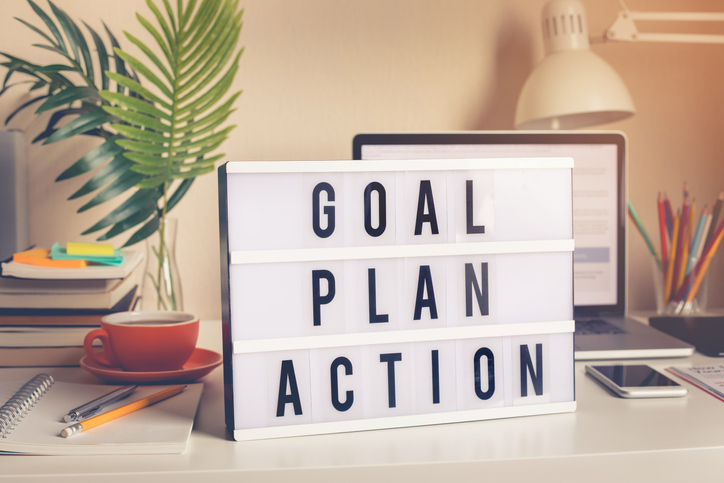How to Produce Thoughtful Designs that Generate Big Results

Design is a process that turns an idea or a requirement into a finished product.
While many people believe designs just “happen,” that isn’t the case. Some designs may come together quickly, but generally, there are many stages along the way. Whether you need full-service graphic design or collaboration together along the way, it can be helpful to approach the design process in stages.
Want to produce more inspiring designs? Approach the process in a strategic, focused way. Here are four key stages:
1. Define & Research
At this stage, the design problem and the target audience should be clearly defined.
Preparation reviews information such as the demographics of the target market, the key concepts or language that connect with these people, and the focal message you want to share. The more precise you are in this pre-planning, the more targeted your design solutions will be. Here’s one inspiring example:
Three is a British mobile communications company that used its award-winning “Holiday Spam” campaign to feature travelers sending a flood of cliched holiday photos to people back home. The company appealed to new customers by offering free data services during holiday travel abroad.
Tracking mobile data of customers traveling abroad, Three’s research found that, during holidays, people used 71 times more data than they would have used if they had to pay extra (and this was mostly generated from holiday snaps on social media!). By featuring travelers “spamming” their friends with holiday snaps, Three successfully tapped into audience desires while driving awareness for free data services. This brought a 90% increase in their social conversation volume, higher brand metrics, and increased customer savings as people signed on for new service.
2. Ideate and Prototype
Ideation involves the generation of ideas through creative thinking and prototypes.
Idea generation may come through brainstorming, sketching ideas, adapting previous ads or designs, or by using creative design exercises. While many people rush through the brainstorming stage, ideation strategies are paramount because they allow designers to flow in a life-giving, streamlined environment, releasing ideas that are imaginative, strategy-driven, and smart.
From here, prototyping offers a workup of designs for interested clients. Prototypes give clients the ability to visualize and vet ideas before they are formally produced. The ideation and prototype stages are a critical juncture for printers and clients to collaborate, so the best possible outcome is achieved.
3. Select
During the selection phase, proposed solutions are measured against the original design objective.
Some solutions initially seem practical, but when compared to the original benchmark, you see that they aren’t a good fit. Once a concept gets closer to completion, cost, time, and media formats will sharpen focus and help you choose the most effective design.
4. Implement
At this stage, partners collaborate to bring ideas to life and to generate final delivery.
In print production, finishing techniques are imperative for beautifying your design. This stage includes the application of print finishing processes like folding, die-cutting, binding, varnishing, embossing, or foil accents. Finish techniques are a beautiful way to support and enhance your message and are best considered during the ideation stage so they can be efficiently melded into final print runs.
The Best Possible Product
Different jobs require the use of different techniques, but the strategic design process is generally the same.
This focused approach ensures your design will serve both economic and creative goals. The ultimate aim is to present information in the best possible way for your readers while equipping designers to unleash tremendous creativity in the process.
- Tags: application, company, Define & Research, design, goal, implement, product, prototype, result

